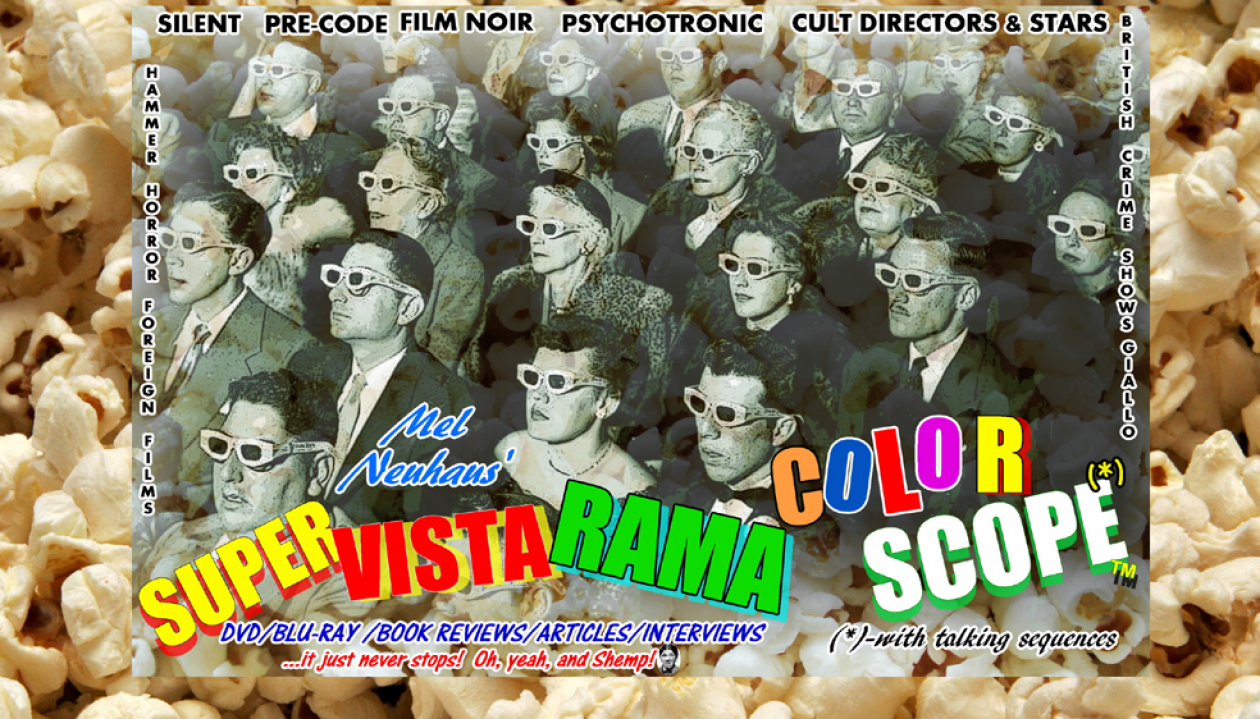
MARCH IS PUGILIST NOIR MONTH
Since film noir is a top genre favorite for movie buffs all over the world, it is not surprising that this obsession spills over into the classic DVD/Blu-Ray collectable universe. Additionally, more than any other genre, noir has had the greatest number of offshoots; indeed, there is show biz noir, romance noir – even horror and western noir. But perhaps the winner of this contest is sports noir, specifically in the arena of boxing. Likely due to the fisticuffs world’s penchant for lowlifes, losers, slinky babes, and evil fixers this sub-genre took off during the post-war years, and continued well into the early 1960s. While there had been a plethora of boxing pics prior to WWII, none had the adult punch of mean street cynicism that leeched on to blood and sweat stained inhabitants until the mid-late 1940s. The pic that started it all was 1947’s BODY AND SOUL, now on restored High Definition Blu-Ray, from the promoters at Olive Films/Paramount Home Entertainment.
Like the characters on-screen, the off-screen machinations of those involved matched the narrative’s residents for pure adrenalin and sheer determination and enthusiasm (the shady aspect may have been not as apparent, although nefarious factions were certainly in play, and would soon rear their ugly heads).
The story/screenplay, as written by Abraham Polonsky (featuring some knockout dialog exchanges like this one: “What are you going to do, kill me? EVERYBODY dies!”), and directed by Robert Rossen, chronicles the rise of ghetto denizen Charley Davis. Charley, a fairly decent guy, lives with and supports his widowed mom (his father being a collateral damage victim of gangland violence), and is blessed with the companionship of Peg Born, the kind of girl next door every serious dude dreams of. Charley’s also no fool, and while not a rocket scientist does possess an over-abundance of street wisdom…and a temper. This proves to be his way out – and, ultimately, his downfall. Spotted by the mob contingent, Charley is groomed for the big time as a boxer. His personality, looks, and what they used to call “moxie” has him soaring to the top of his game – at a great cost.

Success goes to his head with more devastating results than a hammer punch to the skull. And the pug-turned-thug loves it. The money, the power, the ability to intimidate and strike fear…all of this melds with his handlers’s agenda. Even Peg becomes a victim when replaced by smoking hot reptilian Alice.


But, as Charley eventually learns, selling your body and soul has a gruesome price. And his final gasp to regain his decency is one of the most riveting and lip-biting last acts in cinema history.



The movie, of course, stars John Garfield, in what many consider his most iconic role. Garfield is genuinely terrific, but his participation didn’t end on-camera. BODY AND SOUL was the actor’s first starring movie produced for his new independent company, Enterprise Studios (co-founded with David Loew and Charles Einfeld). While the outfit lasted a mere three years, it nevertheless produced an amazing array of great motion-pictures; LSS, there’s rarely a dud in the bunch.
Practically all involved with Enterprise were liberal progressives – a congregation that earned disdain from the many Hollywood moguls. Ironically, the one who hated the company (and its projects) most was Louis B. Mayer – ironic, as MGM became the distributor for the Enterprise output (once UA ditched the company, after the failure of the rather expensive 1948 drama Arch of Triumph). Mayer cringed but was unable to do much, due to his diminishing authority at the studio – plus the fact that the pics were receiving major critical kudos, and (often) doing smash box-office. So, FU, LB!
It all came tumbling down when HUAC invaded the industry with a vengeance. As an example of what I’m talking about, Garfield, Rossen, Polonsky, and costars Anne Revere and Lloyd Gough (here billed as “Goff”) were all blacklisted. The traumatic effect undoubtedly led to the young star’s death in 1951, at age 39.
Garfield was very careful and quite brilliant in choosing his collaborators. Polonsky, who would soon helm an even greater Garfield noir for Enterprise (Force of Evil), pulled out all the script stops, boldly going where no man (post-Code) had gone before. A sly gay liaison is inserted when the vicious mob kingpin, Roberts, introduces his slimy bodyguard. “He’s with me,” proudly mouths the gang boss…to which Charley nuzzles Peg and responds, “She’s with me.” Aside from those mentioned, BODY AND SOUL features the phenomenal James Wong Howe as cinematographer (the d.p. had earlier done a Metro boxing flick with Robert Taylor, where he filmed the fight scenes with a hand-held rig on roller skates – a feat repeated here !) appended by an excellent score from Hugo Friedhofer. Other noir participants flexed their muscles on BODY AND SOUL including future directors Robert Aldrich (as a.d), and Joseph Pevney (as a costar). Supporting Garfield up on the big screen were Lilli Palmer (outstanding as Peg), William Conrad (another top noir alumnus), Canada Lee, James Burke, Virginia Gregg, Milton Kibbee, Sid Melton, Cyril Ring, Tim Ryan, Art Smith, George Tyne, and the drop-dead gorgeous Hazel Brooks as slithery Alice (who does everything but shed her skin on-camera).
The recent 1080p platter of BODY AND SOUL looks and sounds sensational. It’s nice to know that the Enterprise library has been kept in fine condition.
BODY AND SOUL. Black and white. Full frame [1.33:1; 1080p High Definition]; 2.0 DTS-HD MA. Olive Films/Paramount Home Entertainment. CAT #OF452. SRP: $29.95.














































































